How to defend against COVID-19 cyber scams
As you can imagine, cyber-thieves have jumped at the opportunity to use COVID to scam people out of cash. They never let an excellent opportunity pass.
The most common COVID type scams that these thieves are deploying include;
Falsely representing health organisations
Websites that sell fake products - such as dodgy hand sanitisers
Pretending to be a government organisation such as HMRC
Posing as banks offering services to help through the pandemic.
And fake charity requests.
How can you protect yourself and your business?
You should be using an email system with excellent spam and phishing detection built-in. Our clients use Google Workspace by Kimbley IT, which hands-down has the best email protection in town. Uses AI and data from over 2.6 billion users allowing Gmail to protect all users in real-time from new attacks as soon as they happen - reducing the chances of a dodgy email making it into your inbox.
You need to make sure your web browser (Chrome in most cases) is up to date, if you have a little yellow or red orb in the top right of your browser, there is an update pending, and you should restart your browser immediately. By doing so, you are protecting yourself from dodgy websites that may try and use a weakness in an out of date browser to access your data or manipulate what you see on the website. As part of our IT support, we can manage Google Chrome in a far more advanced manner not only, so it is always up to date, but, we can do some fancy stuff with Google Safe Search and Browsing to keep your team and computers even more secure.
Scammers will often pose as an official source and ask you to click on links that can look real, only to direct you to a fake website to attack you. Always navigate to websites, if you get a text message asking you to click on a link, don't! Instead, go directly to the sources by typing in their web-address such as NHS.uk. Google search can help, if you get a message that you're not sure about, enter the whole message into Google Search to see if it has already been reported.
Turn on 2 step verification for all your online accounts (where possible). While it is a bit of a pain entering a code each time you need to log in, this provides another layer of protection to your accounts. We often compare it to a bouncer at a night club (when we use to be able to go to those), it slowed you down getting into the club, but at least you knew they were stopping the troublemakers getting in, in return you are safer.
What are the next steps for your business?
Book a video call with us and with a few changes here and there; your company can be a lot more secure online.
